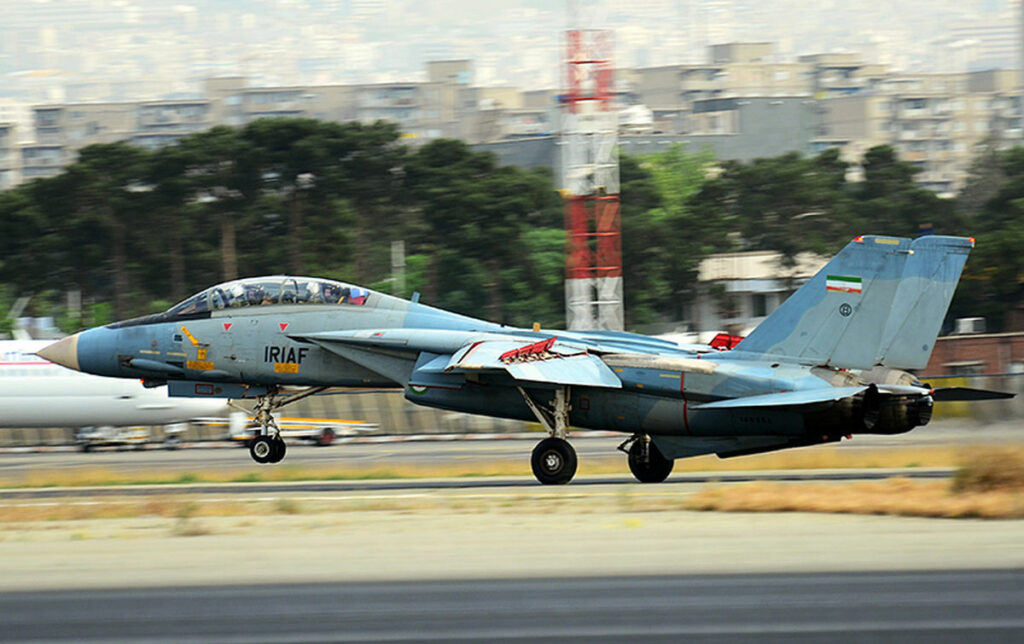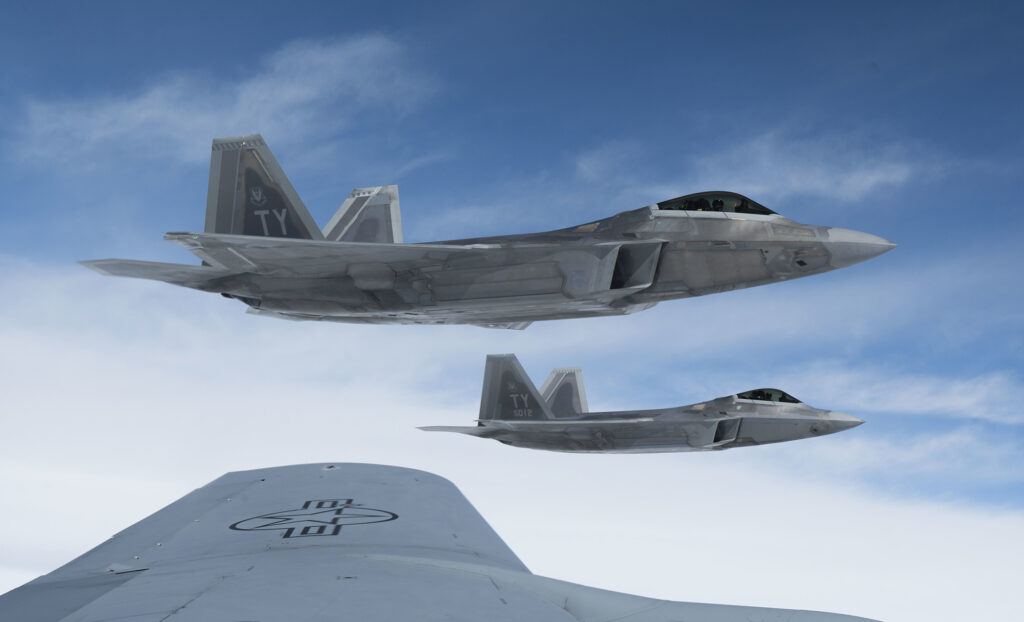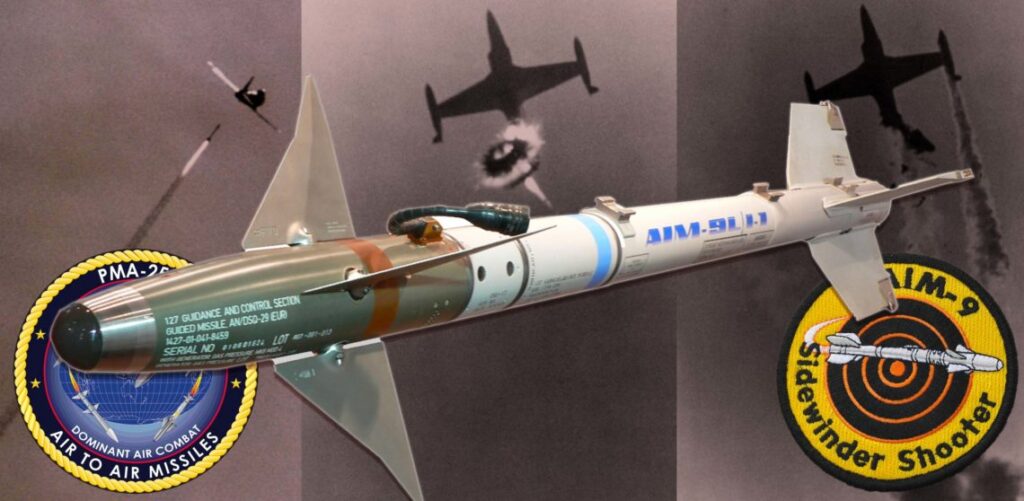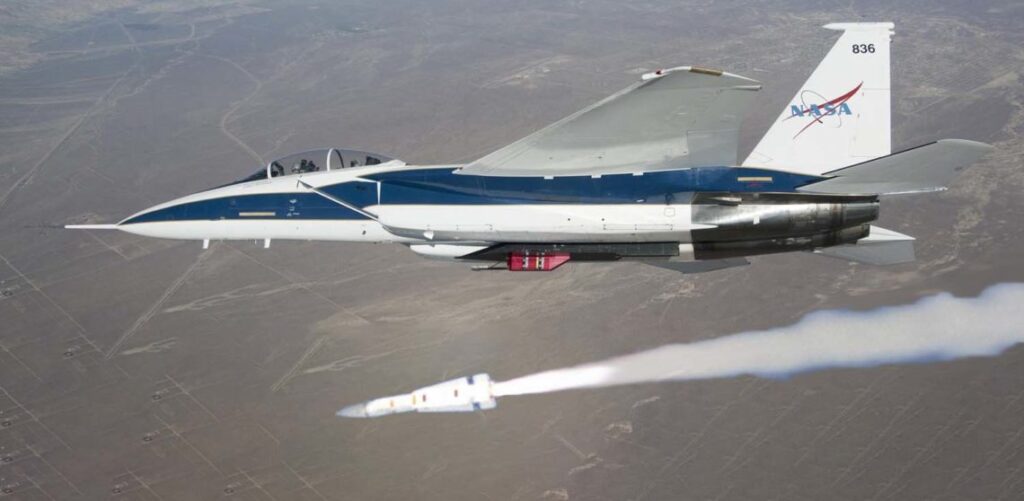Israel just released footage of the first F-14 Tomcats lost in combat since the 1980s, and tragically, they weren’t even airborne at the time.
According to a statement from the Israeli Air Force, two F-14 Tomcats were destroyed at an airport in Iran’s capital city of Tehran – likely the Mehrabad Airport. The Israeli Air Force claims these fighters were operational and were staged to intercept Israeli aircraft.
The swing-wing Tomcat served on the U.S. Navy’s carriers for over three decades and became a legend thanks to the movie franchise Top Gun. But today, the only remaining F-14s in service anywhere in the world belong to Iran.
Israeli Air Force airstrike on a pair of Iranian Air Force F-14 Tomcats. pic.twitter.com/8i57smjRni
— OSINTtechnical (@Osinttechnical) June 16, 2025
Iran purchased about 80 Grumman F-14 Tomcats from the United States back in the 1970s; 79 of those aircraft were delivered prior to the 1979 Islamic Revolution that saw Iran pivot away from the West and toward religious extremism. Since then, Iran has worked tirelessly to keep at least some of these legendary fighters in good working condition, with a handful “upgraded” into what Iran calls F-14AMs. These were modified to fly with locally-sourced reverse-engineered parts and Iranian weapon systems.
The F-14 Tomcat was among the most capable fighters in the sky in 1979. With a top speed in excess of Mach 2.4 and a rate of climb of around 45,000 feet per minute, the F-14 would leave even America’s current top-of-the-line F-35 in the dust if they were to drag race.
Likewise, back in 1979, the F-14 Tomcat was arguably better suited for some aspects of the air-to-air mission, than the F-15 Eagle – which entered service two years after it, and which Israel uses – thanks to its massive Hughes AN/AWG-9 fire control radar and complement of AIM-54 Phoenix air-to-air missiles. Not only could this radar array detect and target enemy aircraft at further distances than the F-15 could with its original APG-63 array, but it could engage those targets at much greater ranges than the Eagle could with its semi-active radar-guided AIM-7 Sparrows.
That is to say that you might argue the original Tomcat was a more capable long-range interceptor than the Eagle, while the Eagle was the scrappier dogfighter.
In the years since, Israel’s F-15s and F-16s have continued to receive periodic technology upgrades, and today’s Israeli F-15s boast upgraded APG-70I series radar arrays and much more potent AIM-120 AMRAAMs, likely giving these moderately updated Eagles a clear edge in air-to-air combat over Iran’s original F-14As, despite Iran claiming to still have AIM-54 missiles and their reverse-engineered equivalent, the Fakour-90, in service.
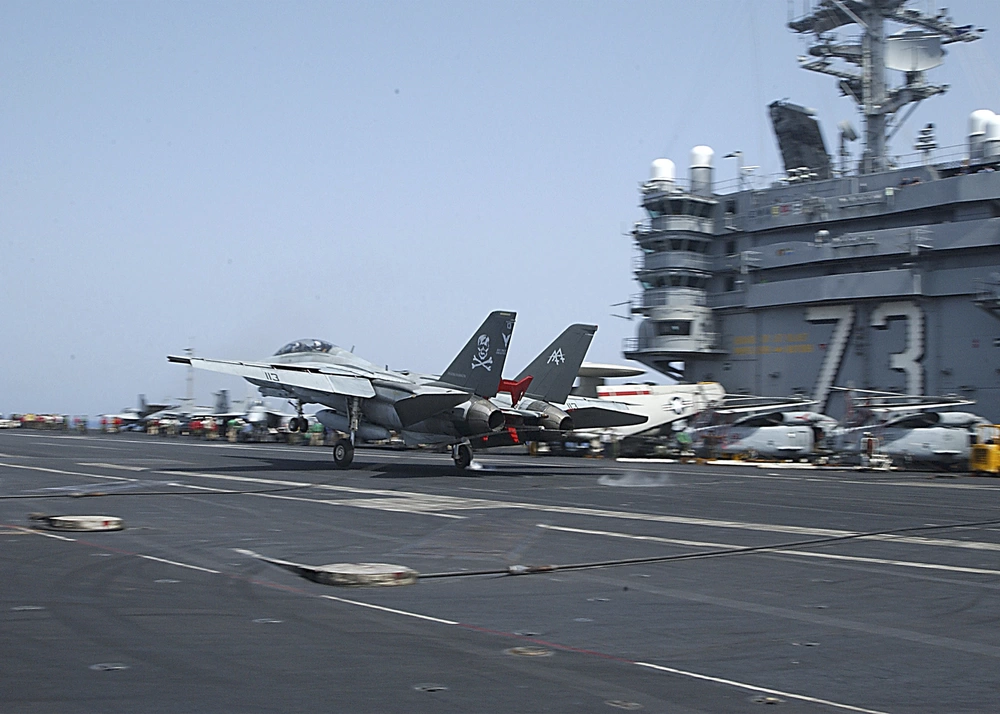
And in a scrap against Israel’s most advanced tactical aircraft, the F-35I, there’s a solid chance the Tomcat would never even see the shot that takes it out of the sky.
Radar cross sections are notoriously difficult to calculate and vary depending on angle of observation and radar frequency, but it’s been reported that the Tomcat has roughly the same radar return as the F-15E Strike Eagle, which sits at an estimated 25 square meters, versus the F-35’s .0015 square meters, and while the AWG-9 radar in the Tomcat was something to behold in 1979, the F-35’s AN/APG-81 represents more than one generational leap ahead of it in terms of capability.
Yet, as we see in this footage, it doesn’t matter how good Iran’s Tomcats might fare in an air-to-air scrap with Israel’s jets if those Tomcats never make it off the ground. And only a few of them likely can.
In 2006, when the United States Navy retired its own Tomcat fleet, the majority of the retiring airframes were literally fed into an industrial shredder to ensure parts or components couldn’t be stolen from boneyard fighters and smuggled into Iran to help keep these capable jets in service longer. By 2020, credible reports suggested Iran had fewer than 24 flying Tomcats left at most, out of its original 79-fighter fleet.
A handful of operational Tomcats have been spotted in recent years over Iran, including a single Tomcat seen escorting Russian President Vladimir Putin’s aircraft and fighter escorts in December 2023; a flight demonstration from a single F-14 at Iran’s International Aerospace Exhibition in December 2024; and unconfirmed reports of an F-14 intercepting an American MQ-4C Triton surveillance drone before retreating back into its own airspace in March of this year.
Related: How F-14 and F-15 pilots trained to take down the legendary Blackbird
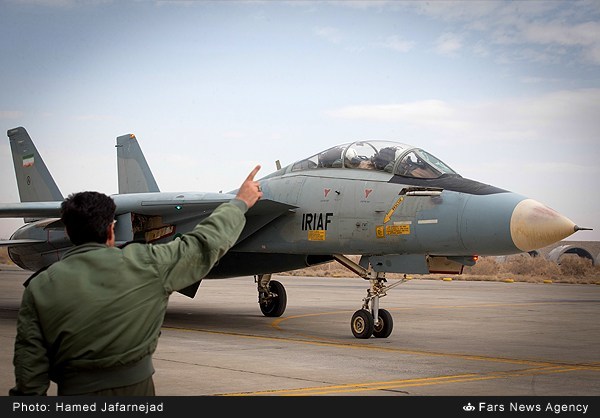
These sightings could point to several operational Tomcats remaining in service, or potentially as few as just one flying aircraft that’s regularly paraded out to maintain the illusion of a more potent airpower apparatus than Iran truly has. This latter possibility would be in keeping with what we’ve learned about Iran’s poorly integrated air defense apparatus that, up until last October, when the nation’s last three Russian-sourced S-300 air defense systems were destroyed, was believed to be rather robust, even if somewhat dated and disparate.
Although Israel says the destroyed F-14s were operational, they don’t appear to be in particularly good working order in the released footage. Even so, the loss of these airframes could further limit Iran’s ability to keep other Tomcats operational, as they could have been donors of valuable parts for the cause.
With Israel securing air superiority over at least a large part of Iran just days into its offensive, it’s become clear that despite Iran’s sizeable military footprint, including what may be the largest standing army and ballistic missile stockpile in the Middle East, Iran is either significantly less formidable than previously assessed, or Israel’s covert intelligence and special operations forces have so thoroughly penetrated Iran’s entire defense apparatus that they enabled what may amount to one of the most well planned and successful air campaigns in modern history.
And while we can’t say which for sure just yet, it was probably a combination of both.
Feature Image: An F-14 Tomcat at Mehrabad Airport preparing for the Islamic Republic of Iran Army Day, 2013. (Photo by Mohammad Shaltouki/Nasim News Agency)
Read more from Sandboxx News
- The gravity of the situation: How to fly a fighter upside down
- Israel eliminates Iran’s top military leaders and strikes nuclear facility in unprecedented attack
- Air Force gives us a glimpse of its new AGM-181 LRSO nuclear missile
- The five best bayonets still in use around the world
- Legendary US Army Ranger William ‘Doc’ Donovan achieves very rare special operations honor

